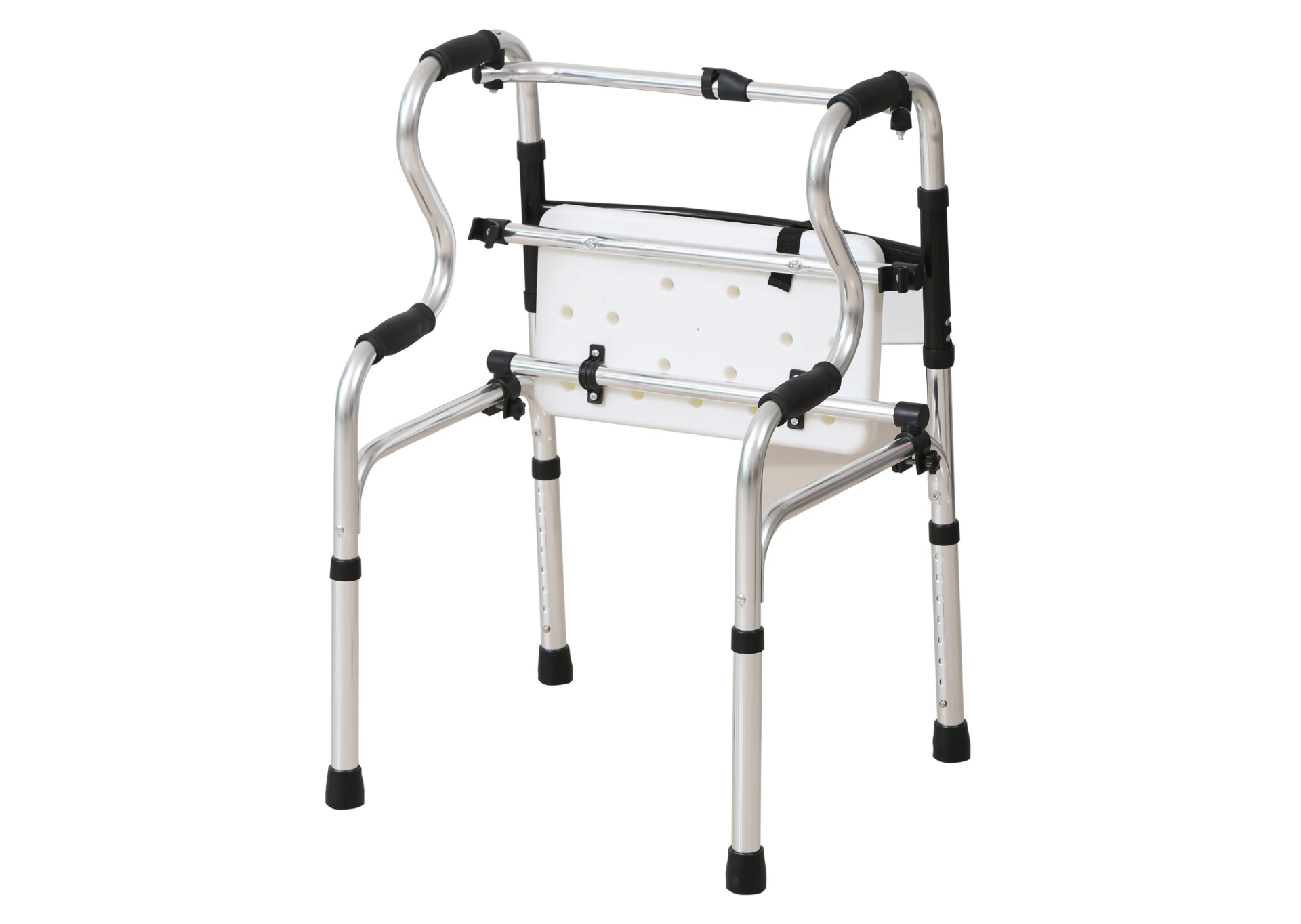Welcome to our websites!
medicine crash cart
The Importance of a Crash Cart in Emergency Medicine
In emergency medical situations, rapid and effective response can mean the difference between life and death. One of the critical tools in the arsenal of healthcare providers is the crash cart. A crash cart is a wheeled unit equipped with essential medical supplies and equipment designed to handle emergencies such as cardiac arrest, respiratory failure, and other life-threatening conditions.
The primary purpose of a crash cart is to ensure that healthcare professionals can access the necessary tools quickly and efficiently during a critical event. Time is of the essence in emergencies, and having a well-stocked and organized crash cart can significantly improve patient outcomes.
Typically, a crash cart contains a variety of items categorized into different sections or drawers
. These may include1. Medications A range of emergency medications, including epinephrine, atropine, amiodarone, and narcan, are crucial for treating conditions such as severe allergic reactions, bradycardia, and opioid overdoses.
2. Defibrillator An automated external defibrillator (AED) or manual defibrillator is essential for delivering electrical shocks to patients experiencing life-threatening arrhythmias.
3. Airway Management Supplies This section includes endotracheal tubes, bag-valve masks, laryngoscopes, and suction devices necessary for maintaining a patient’s airway during respiratory emergencies.
medicine crash cart

4. IV Supplies Intravenous access is often required in emergencies. The crash cart contains IV catheters, fluids, and medications to facilitate immediate treatment.
5. Patient Monitoring Devices Vital signs monitors, pulse oximeters, and ECG machines are included to assess a patient's condition in real-time.
6. Miscellaneous Emergency Equipment Various additional tools such as gloves, scissors, and tape are provided to enhance the provider's ability to respond effectively.
The organization of the crash cart is crucial. To ensure that healthcare personnel can find what they need quickly, items are typically arranged in a logical order with clear labels. Regular checks are essential to maintain the integrity and functionality of the crash cart, checking expiration dates on medications and ensuring that all equipment is in working order.
Training is equally important. Healthcare professionals must be educated not only on the layout and contents of the crash cart but also on the protocols for responding to emergencies effectively. Simulation training scenarios are often used to prepare staff for high-pressure situations, allowing them to practice their response and familiarize themselves with the equipment they will be using.
Moreover, while the crash cart is an essential resource in hospitals, its principles can extend to other settings, such as outpatient clinics, ambulances, and even at-home care situations where healthcare professionals may encounter emergencies.
In summary, the crash cart is a vital component of emergency medicine. Its role in providing immediate access to life-saving equipment and medications cannot be overstated. Proper organization, regular maintenance, and comprehensive staff training are necessary to maximize the efficacy of crash carts. With a well-prepared crash cart at their disposal, healthcare providers can act swiftly and confidently in emergencies, ultimately improving patient care and outcomes. In an unpredictable world, being prepared is the best strategy for confrontations with the critical and life-threatening challenges faced in medicine.
-
Transforming Healthcare with Hospital FurnitureNewsJun.24,2025
-
Rehabilitation EquipmentNewsJun.24,2025
-
Mobility and Independence with WheelchairsNewsJun.24,2025
-
Freedom of Mobility with Our Rollator WalkersNewsJun.24,2025
-
Comfort and Independence with Commode ChairsNewsJun.24,2025
-
Bathing Safety and Independence with Shower ChairsNewsJun.24,2025
-
Navigating the Wholesale Landscape of Electric Mobility Solutions: Key Considerations for Power Wheelchair DealersNewsJun.10,2025











